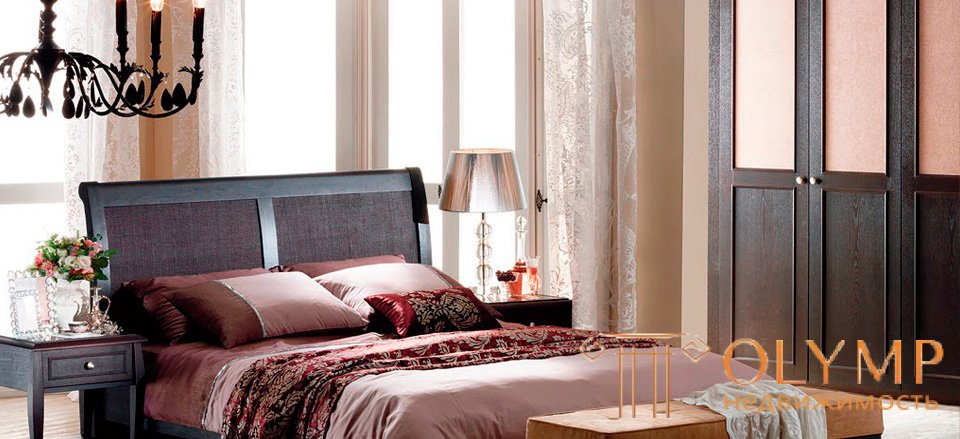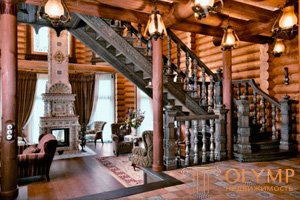

Antiquity is understood as the architecture of ancient Greece and Rome. To create an interior of an apartment in antique style, it is necessary to redevelop the apartment so that the main room is in the form of a rectangular hall, on the perimeter of which the other rooms are located. At the edges of the hall to put smooth columns with capitals in the form of a lotus. They are supported by rectangular beams. Along the perimeter of the ceiling, to embark a relief cornice with floral ornaments or a complex multi-figure bas-relief. The whole interior should be distinguished by simplicity and refinement, the absence of unnecessary details.
Until relatively recently, in our ideas about the appearance of a Greek residential building we were limited to indirect sources, in particular, images on vases and architectural features of reliefs. In the 1920s, excavations began in the Greek city of Oylinf in the peninsula of Chalkidiki, which was destroyed in the north of the Aegean Sea by the command of King Philip of Macedon. The excavations gave brilliant results. Residential quarters of the 5th - early 4th century BC were uncovered. e.
So it became known that some residential premises were painted, the walls were painted on the plaster with horizontal stripes of red, white, yellow, blue tones.
An integral part of the room furniture was a few furniture, the construction of which is close to Egyptian. The main material for it was wood (maple, beech, cedar, cypress), sometimes marble or bronze were used. Typologically, the furniture was sparse. These are mainly low tables - round or rectangular; some had three legs (prerezza), stools (diffos), chairs with backs (klismos), armchairs with armrests on straight or slightly curved legs diverging down, high beds (wedge).
The master paid special attention to the shape of the legs. Often they were treated in the form of animal clawed paws or legs of ungulates. In the upper part, the legs were sometimes covered with acanthus leaves, in other cases they ended with the necks of swans. Wooden chests for storing clothes, replacing wardrobes, became widespread. Greek furniture differed in general simplicity of design and skillfully processed details. When designing furniture, the Greeks used frame-paneling techniques, skillfully performed in a special way, connecting wooden parts and parts.
In everyday life, a widespread vases. In addition to their utilitarian purpose, they also had a decorative meaning, complementing the decoration of the premises. They kept wine, olives, grains, etc., and also served food to the table. Vases were of various sizes - from extremely large, containing many liters of wine, grain, to very small, such as bottles. Ceramic vases were covered with paintings - story and ornamental.
The ornament was prominent. Initially, motives of oriental origin dominated (sphinxes, griffins), but later they were supplanted by subjects taken from the life of the surrounding nature or geometric. The meander was widely used - square or round, ionics, pearls, braided lines and others. A very common theme was the palmette motif and even more - the stylized form of acanthus, which appeared along with the Corinthian order.

Что бы оставить комментарий войдите
Комментарии (0)